Pacific NW Landscaping Ideas | A BEGINNER’S GUIDE
When I first moved to Seattle, I was really concerned about the weather. I wasn’t sure if gardening in the Pacific Northwest was going to be for me. But I moved and started discovering this beautiful land.
Gardening in the Pacific Northwest requires special considerations, depending on the region you are located in. As a whole, you can grow many food and flower varieties. To provide the best outcome for growing consider; garden planning, the soil and seasonal chores.
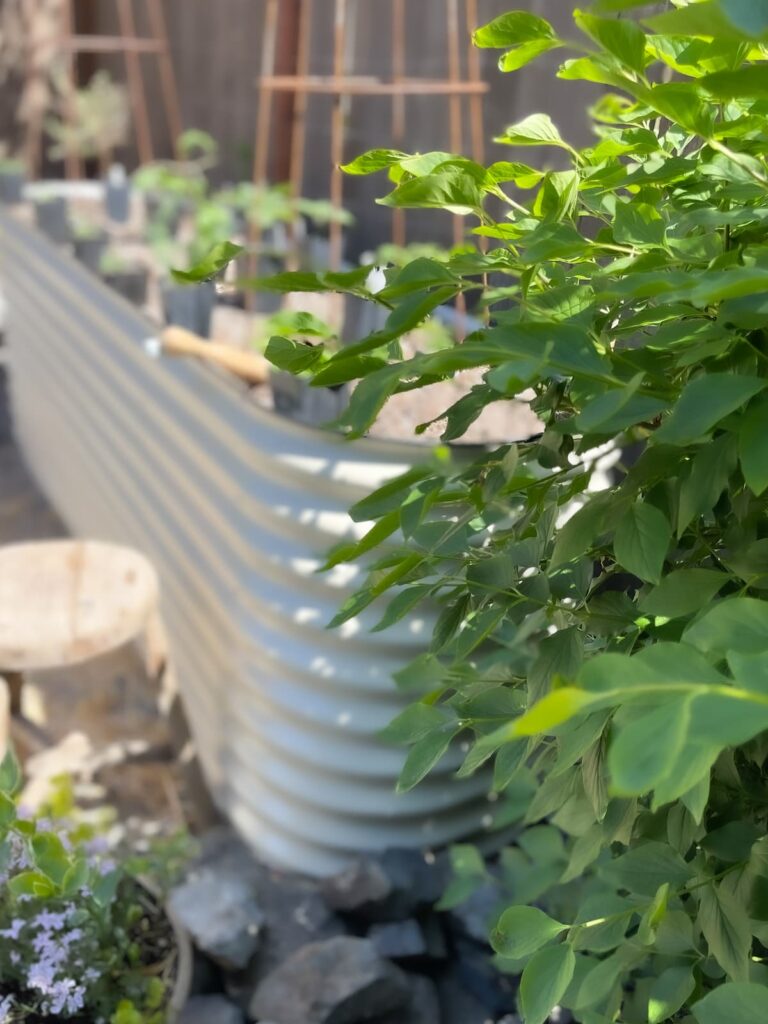
Links in this article are affiliate links and if you click on them, we will receive a small commission at no additional cost to you! Clicking and purchasing helps to support this blog and all of the home and garden posts we bring to you! Click here for full disclosure
This post will provide a guide to get your garden planning started, selecting vegetables to grow, the best soil, and ideal planting times in Washington State.
Growing food and flower varieties in the Pacific Northwest is so good because of the mild weather. I find that many flowers and food varieties do well in this zone and it allows for experimenting with so many different varieties.
Cocoon Raw is joining Kimberly from Farmhouse to Florida until the end of December. We are bringing you tips and ideas for the Garden from Coast to Coast. Whether you are joining me from Kimberly’s blog or you are one of my regular readers, welcome!
I am a home gardener who cannot live without the warm and cozy vibes in my home and garden. I can’t wait to provide you with ideas for creating your COZY Cocoon.
You will find Kimberly’s post at the end of this blog post.

WHAT VEGETABLES ARE EASY TO GROW IN THE PACIFIC NORTHWEST?
The Pacific Northwest has a mild climate but an abundance of rainfall, making it challenging at times. But this beautiful place is also the perfect combination for growing many varieties of vegetables that will thrive.
If you are new to the area, you will be so happy to learn that this zone is amazing for the beginner gardener because of the mild weather.
Vegetables to Grow in Zone 8b:
- KALE – This vegetable does so well in this zone, in the summer, fall, and winter. You have many selections of varieties that are delicious and beautiful garden features. If you are into healthy living, you can make smoothies, saute them, dehydrate them, add them to soup or stews, or have the softer varieties in delicious salads in the Spring and Summer.
- ZUCCHINI – These squash plants provide large harvests with the least effort. They do great in the warmer summer season. Zucchini is another vegetable that gives so much for healthy cooking; soups, grilled, and my favorite, zucchini bread.
- SALAD GREENS – We are so lucky that the weather allows us to grow salad greens throughout the seasons. You will have a constant harvest with the amazing varieties available such as butterhead, romaine, most red color varieties and different leaf lettuce mixtures. The favorite I have mentioned in the past is the ‘red merlot’, delicious and gorgeous lettuce to accent your garden with the bright wine leaves.
- RADISHES AND CARROTS – Both of these do well in this region since they don’t mind the cooler temperature and thrive on it. Both root vegetables are ready quickly, within a few weeks. I love these quick-satisfaction vegetables for the beginner gardener. It is so encouraging to harvest so quickly and satisfactorily.
- CHERRY TOMATOES – Even with the mild climate, cherry tomatoes do really well. They do not take much work, just plenty of full sun. You will have a lot more tomatoes than you will ever imagine! They are perfect for pasta dishes, salads and my favorite, snacking as you garden. Plant your tomatoes the right way and you will have plenty of them to preserve.
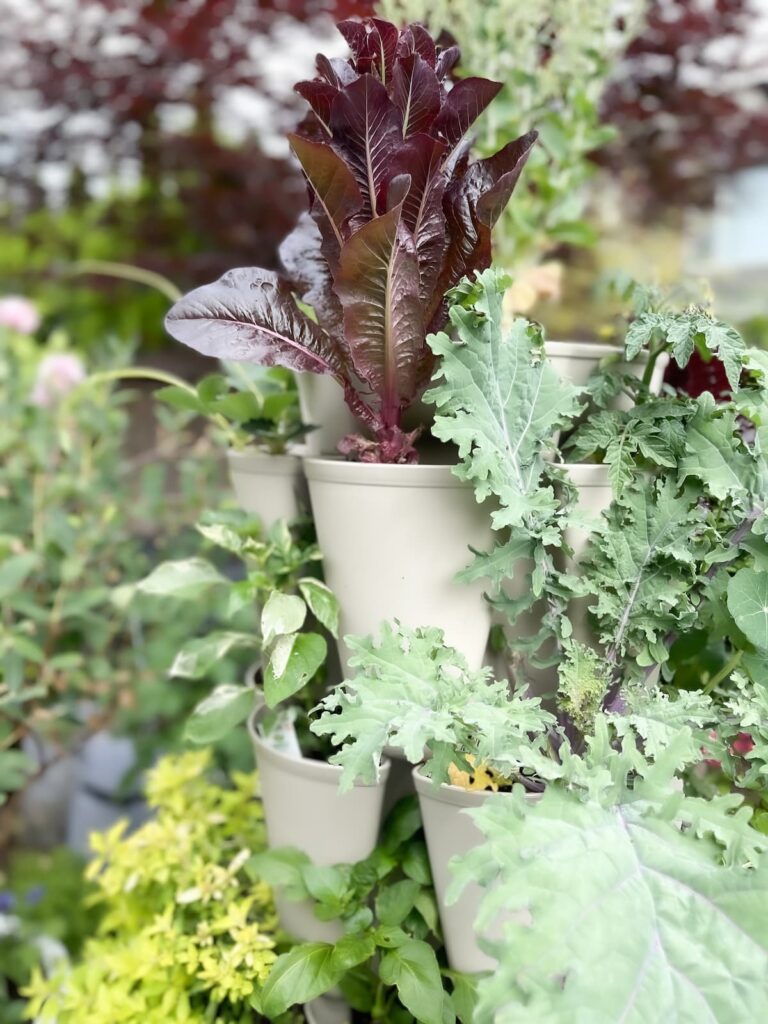
WHAT GARDENING ZONE IS THE PACIFIC NORTHWEST?
As you are beginning to garden, it is important that you have a good understanding of your gardening zone in the Pacific Northwest. The region includes USDA Hardiness Zones 7 to 9 and each zone has a unique microclimate.
Consider These Essential Facts for Your Zone:
- Zone Variation: The Pacific Northwest falls from zones 7-9 with some on zone 5. Each zone varies, depending on what exact location you are. Research your exact zone to be sure that you are planning and selecting the correct plants for your garden. Also, consider the sunlight that you get in the area you plan to grow.
- Microclimates: We have so many variations in the Pacific Northwest. I live on the coastline in the Pudget Sound, where it is windy, but we don’t get much snow. You go into the mountains and you will get a lot of snow. It is important to know your specific area and how the weather will impact your gardening journey.
- Plants: I, to this day am so amazed at how much I can grow in the Pacific Northwest, including food and flowers. Do your research and be open to trying new things. From international foods to the most beautiful roses and dahlias. Your imagination is your only limitation.
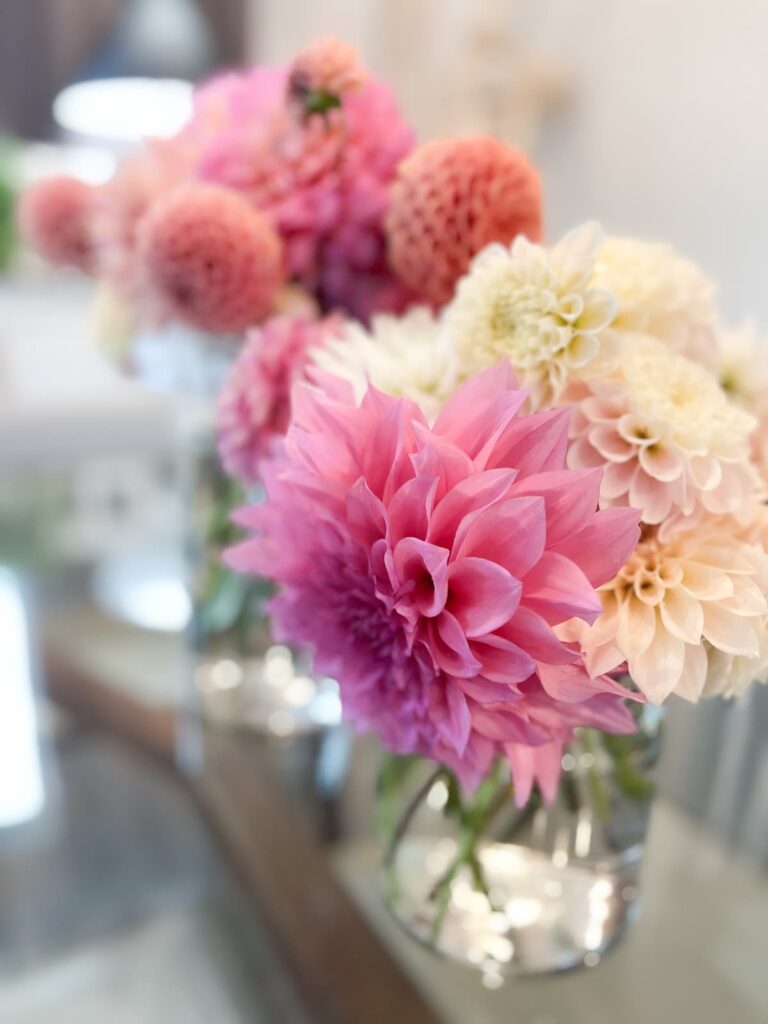
HOW DO I START A GARDEN IN THE PACIFIC NORTHWEST?
Like many other zones, start by planning and preparing your garden area for the specific varieties of plants you want to grow. You will need to consider; personal needs, gardening goals, climate in your zone (rain, wind and sunlight) and existing soil.
Step for Starting a Garden in the Pacific Northwest
| STEPS | TASK | CONSIDERATION |
|---|---|---|
| LOCATION | Choose the right location for the specific vegetable or flower variety. | This should be the first decision you make. In the Pacific Northwest, you want to make sure that the area is getting full sunlight, but that it is protected from the wind. |
| GARDEN BED | Select your garden bed type. | Make sure you are accounting for amount of rainfall in your area and how well it drains. A raised garden bed is best if your drainage is not great to control the moisture level on your soil. |
| SOIL | Prepare the soil. | Good soil is everything to a successful garden, small or large. It provides nutrients, oxygen, water and supports plants. A lot of the Western Pacific Northwest soil lacks pH, so adding lime will help. Take the necessary steps to understand what type of soil you are going to amend and add your organic matter, such as compost. This will greatly improve the drainage and help the health of the soil. |
| TOOLS | Invest of the basic gardening tools. | Having the right gardening tools for your zone will greatly add to a positive experience and prevent frustration of completing the task without so much struggling. |
| PLANT STARTS | Decide if you start with seeds or seedlings. | Both are great for growing varieties in your garden. Seeds will provide you with a larger selection of plant varieties. Seeds will require more care, therefore your time, but it is well worth the extra effort. |
| PLANNING | Plan your garden layout. | Take the necessary steps to sketch, even loosely, your garden. Understand what you want and need from the garden by understanding your ultimate goals and how the weather will impact each area of your garden. Proper planning is going to provide you with the best outcome and a beautiful experience you won’t forget. |
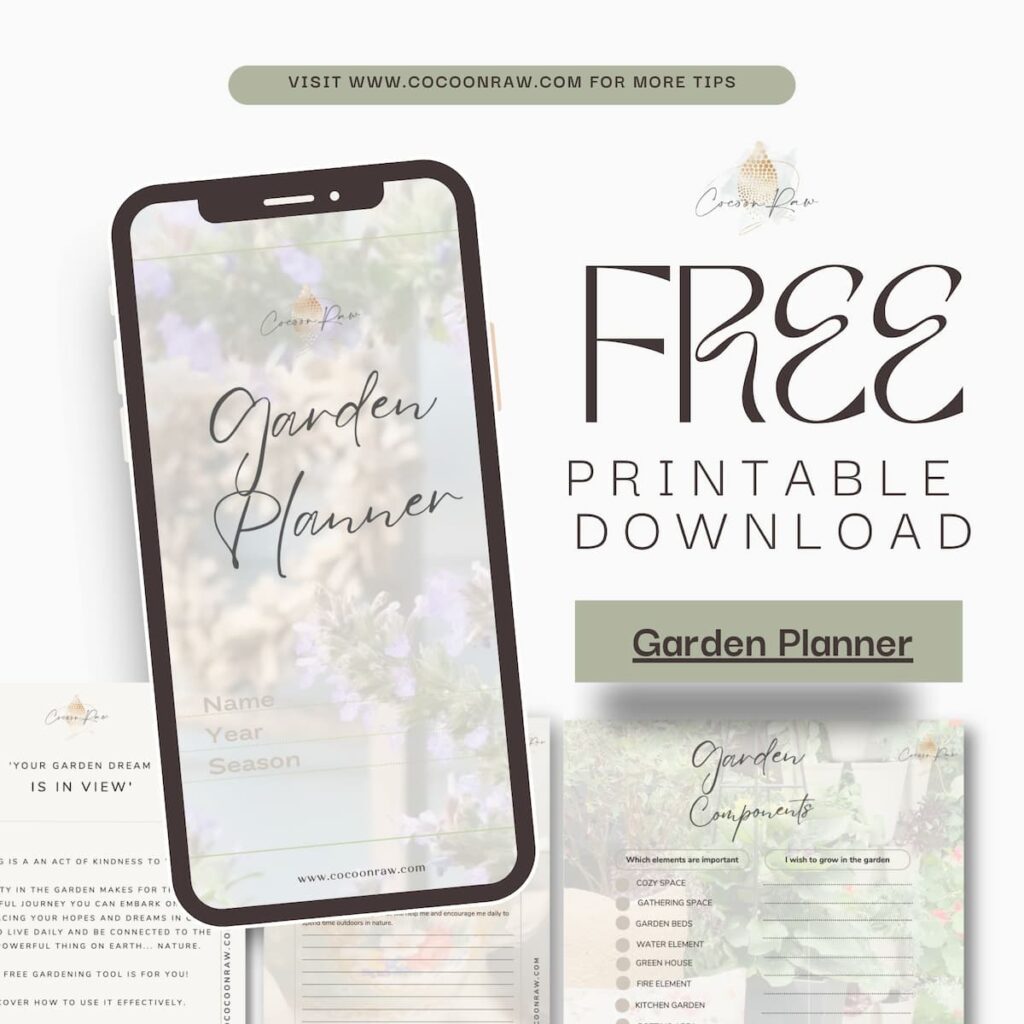
WHAT IS THE BEST SOIL FOR PACIFIC NORTHWEST
In the Pacific Northwest, the soil quality is a challenging aspect of gardening that requires some extra work. There are ways to create the best environment for your zone.
Soil Health in the Pacific Northwest:
DRAINAGE AND ORGANIC MATTER
- DRAINAGE: This region gets such a high amount of rainfall that you must take the steps necessary to make sure your ground has good drainage set up. Soil that is waterlog will cause root rot. Excess moisture in the ground will also attract those pesky snails and slugs. This is a battle I always have in my garden, but I control it by looking at all areas of the garden and observing how the soil moisture level is on each.
- ORGANIC MATTER: I had the worst soil in my urban garden, it was all debris, clay and concrete garbage. I simple began adding good compost. I love fish compost as this gave so much structure to the soil. Adding the compost yearly as well as either leaves or organic mulch without any dyes, provided me with such a healthy and strong soil for my plants. This is the same on my raised garden beds as on the ground beds, organic matter is a game changer for your soil. The best time to apply organic matter is when you are going to plant. I want to prevent the rain from washing away all of the nutrients so instead I use leaves in the rainy season.
MULCHING AND FERTILIZING
- MULCHING: Add mulch in the fall to treat your soil. Only do this if the soil needs some improving, but do not add it every year. I add some every 3 years since the slugs and snails do like the extra moisture. I try to keep the pest under control and since we get so much rain, I don’t need to mulch every single year.
- FERTILIZING: Only fertilize when the plants need it so the nutrients are not lost. Plants are looking for those nutrients when they are growing. Fertilizers in rainy regions will also run off with excess rain and create water contamination. Save your money, effort and the environment by fertilizing at the right time.
It is important to add nutrients to the soil, as needed, since parts of the PNW get so much rain and you will have the excess leach from the ground (run out) and cause environmental contamination. Testing your soil can provide you with a lot of information.

Soil Testing:
I do not recommend doing this every year, every 2-4 years may be enough. You will get so much information about your soil that includes:
- pH
- Phosphorus
- Potassium
- Calcium
- Magnesium
- Nitrogen is not recommended since it is continually fluctuating in numbers because the plants may absorb it, or is running off. You may want to do this at home more often to get an accurate read on the level. Compost, leafs, cover crops, all affect the levels on your garden.
Use the WSU or OSU test methods and fertilizer guides.
.
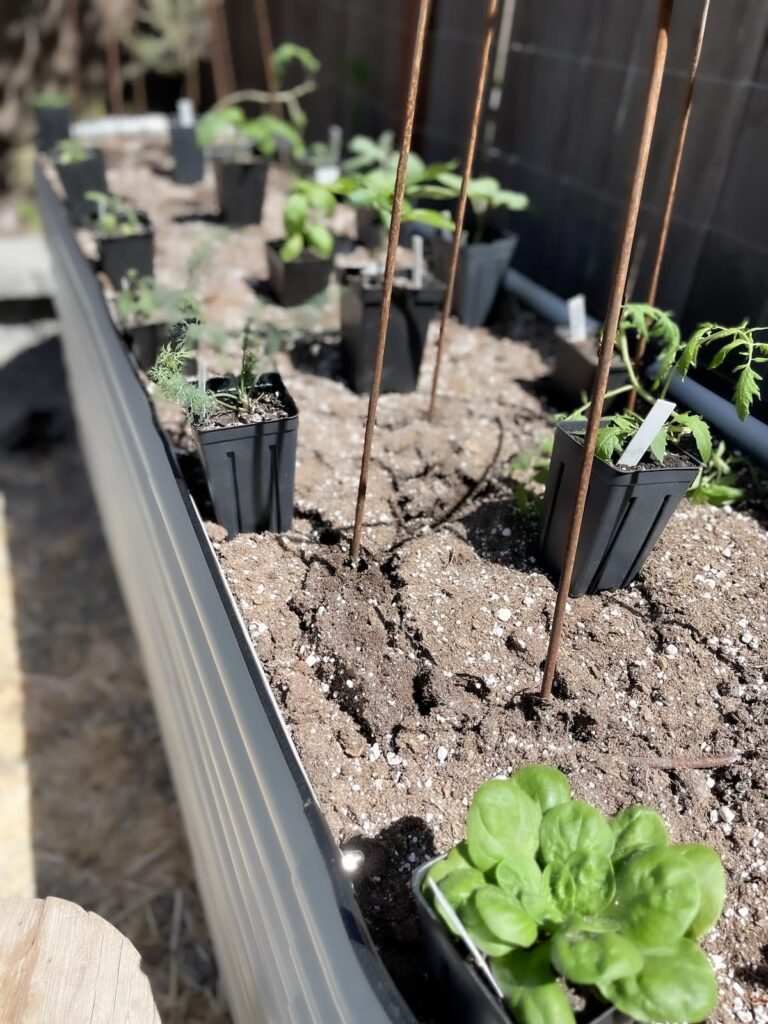
SOIL SIFTER
I like to use a soil sifter to prepare the soil when I grow seeds indoor or transplant my seedlings to larger pots. It allows me to get rid of all the larger pieces of debris found in the soil.

WHEN SHOULD I START A GARDEN IN WASHINGTON STATE – ZONE 8B?
Because of Washington State short summers, timing in gardening is everything. Each region will vary and you also must consider seasonal gardening.
How to Maximize What you are Growing in Your Garden:
- SPRING: This is the busy month in Washington State since it is the time in which you are hardening seedlings and starting to plant outdoors. Spring is a great time starting a garden, March to April. Make sure that the soil is warm enough to plant for the specific variety and that the risk for frost has ended.
- SUMMER: Summer is the most fun for the Pacific Northwest! In zone 8b this is a priceless time. In the past couple of years, it is still cool enough that you can grow plants without having them bolt so quickly; salad greens, cilantro, basil and kale. If you are in a dryer region, consider partial shade to grow these varieties that tend to bolt quickly. This is the season for delicious tomatoes and peppers! Research the many varieties and if you are a beginner, cherry tomatoes and tomato varieties are excellent to explore. Growing and planting tomatoes will provide you with great food to preserve for the seasons you cannot grow them.
- FALL: Cool season crops do so well in the fall; carrots, kale, beets, radishes, they all love autumn and will be sweeter in flavor. Consider sowing the seeds in early fall and you will have the best harvest.
- WINTER: You must know your frost date and if you want to grow through the winter, add a crop cover frost fabric or structure to your garden bed. Vegetables such as pepper, tomatoes, basil will die in the winter and should be removed in the fall season.
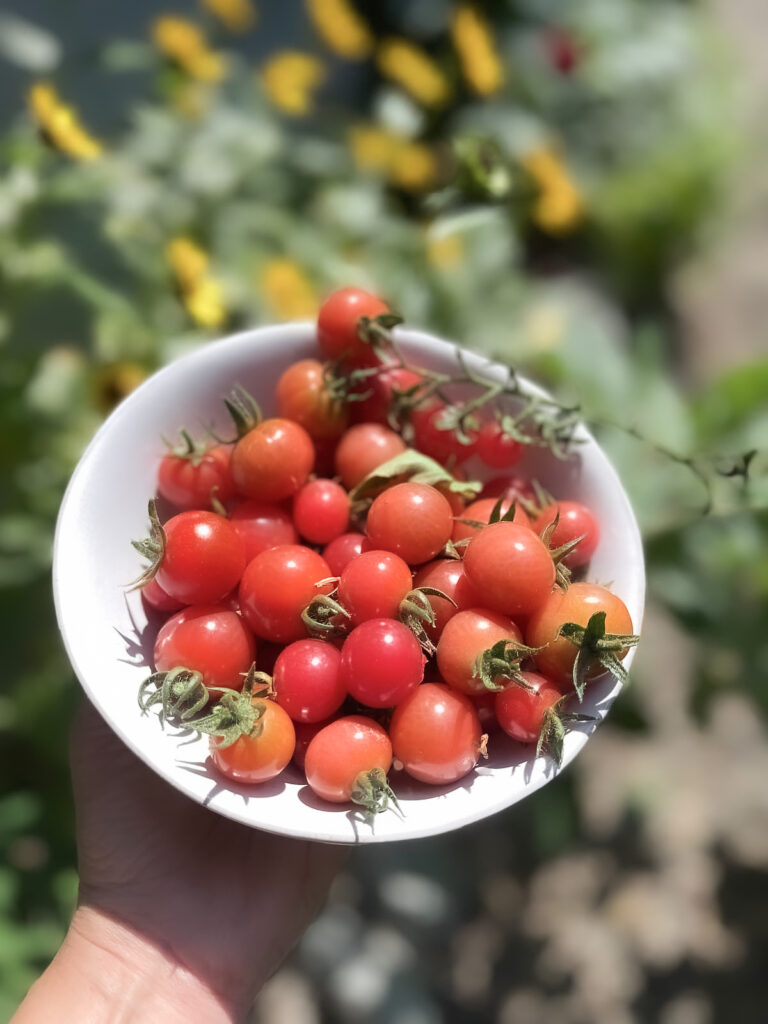
THE BEST OF GARDENING IN THE PACIFIC NORTHWEST
Washington State varies so much, which influences within each region what you can grow successfully or grow what you like by adding what is needed to create the microclimate required for success.
But the best thing about gardening in the Pacific Northwest is the passion from the gardening community and the commitment that many have to grow their own food, flowers and share with others. We all love to help and encourage everyone to grow what you can, as long as it fills you with happiness.
The microclimates vary a lot, coastal areas are milder, but windier, while higher elevations may require more protection from the cold and more sunlight.

A THERAPEUTIC GARDENING JOURNEY
The Pacific Northwest brings nature on your doorstep, you are surrounded at every turn. It is not difficult to become inspired and crave the connection to nature.
Remember that it all begins with looking inward and being honest with yourself on what your needs are and the amount of work you can take care of.
Keep in mind that a garden is not only for growing food, you can create your own healing oasis and have cozy spots to just be with nature.
Be open to starting a garden, small or big and the passion will follow. Share your thoughts, advice and experience with this supportive community.
You will discover a whole new world as we all grow together!
You Cocoon Awaits You,
Stay Creative!
MORE IDEAS TO GARDEN COAST TO COAST!
To create a garden that thrives, the gardener must first understand the concept of gardening zones. Armed with this knowledge, it is easy to select plants & flowers that should flourish in your garden! These 7 steps will help you plant the proper plants for your particular zone.

Grow with Ease: Mastering Garden Zones in 7 Steps
IF YOU ENJOYED THE POST, PLEASE PIN BELOW!
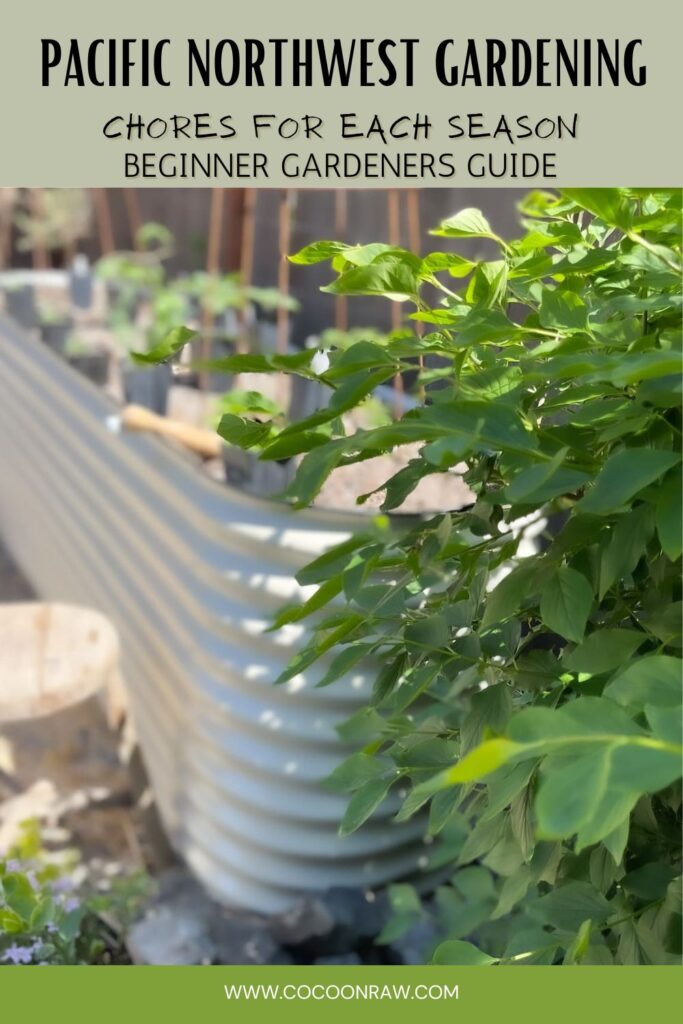
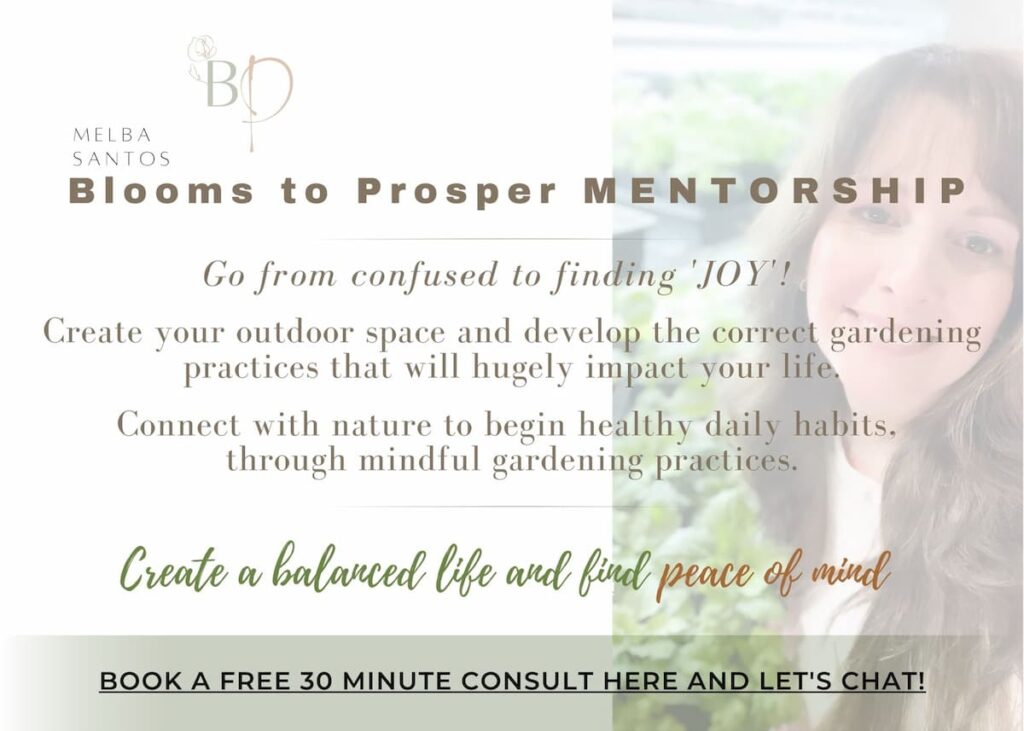
DON’T LEAVE YET!
Impact of Gardening on Mental Health
JOIN ME ON SOCIAL MEDIA!
Instagram @cocoonraw
YouTube Cocoon Raw
Pinterest https://www.pinterest.com/cocoonraw/
Facebook https://www.facebook.com/cocoonrawdesign
TikTok cocoon_raw
You Tube Cocoon Raw
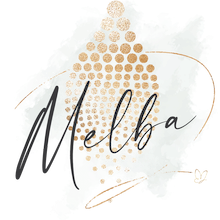


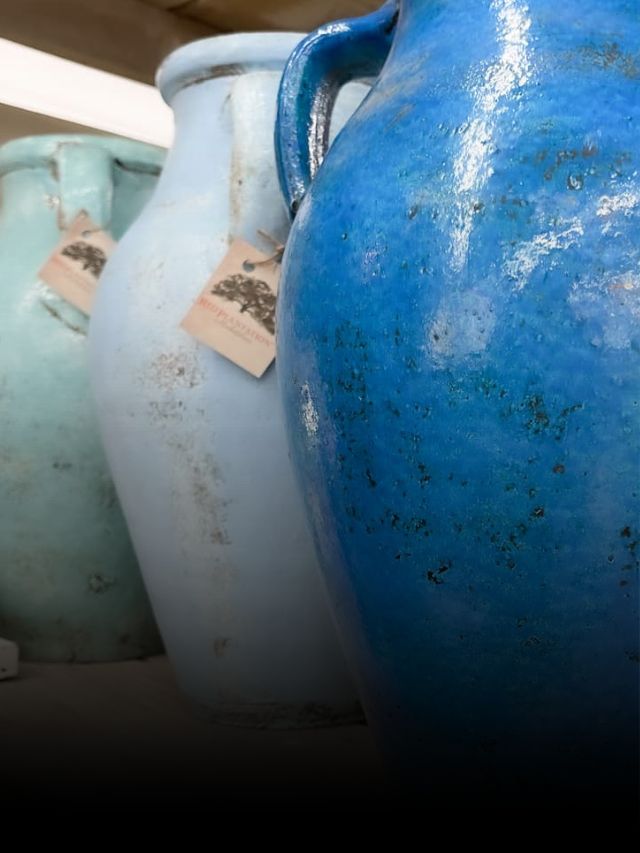
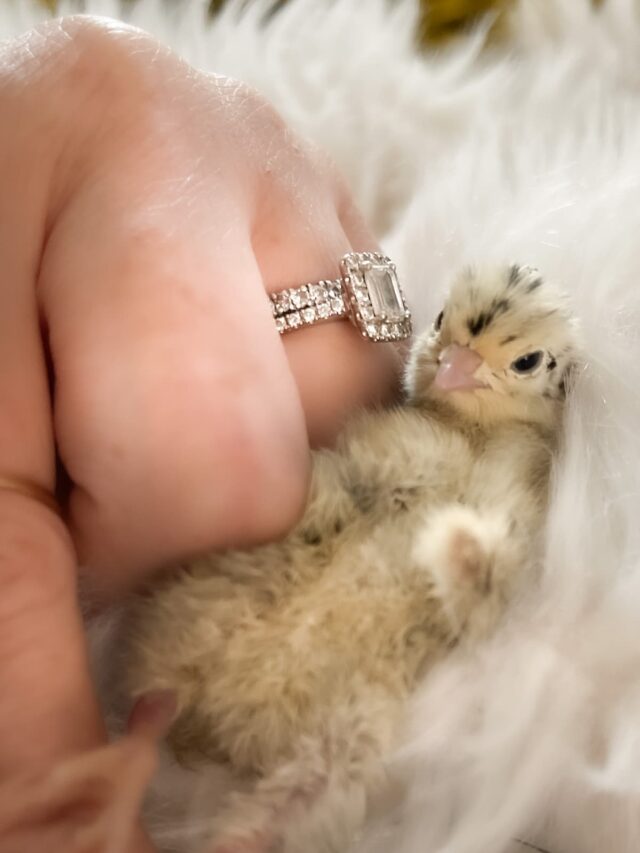
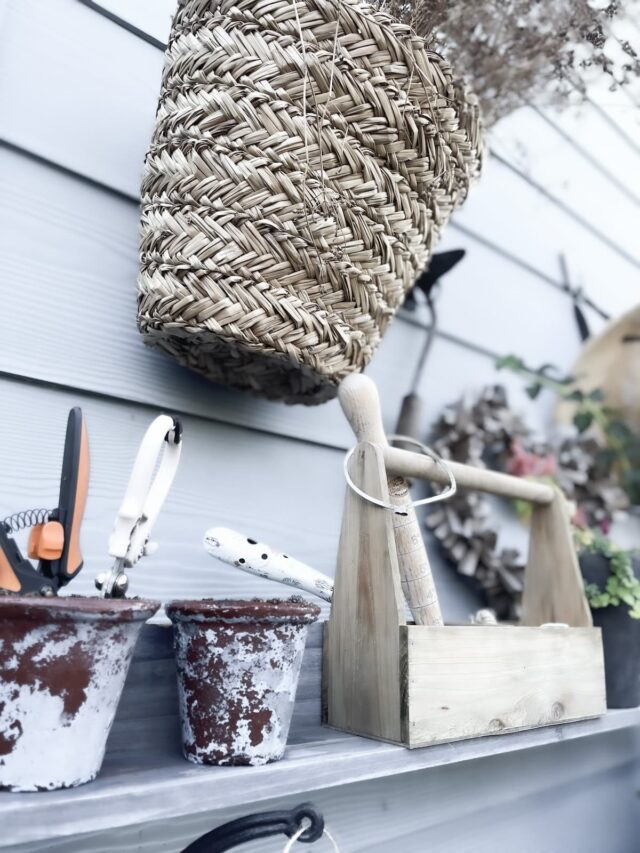
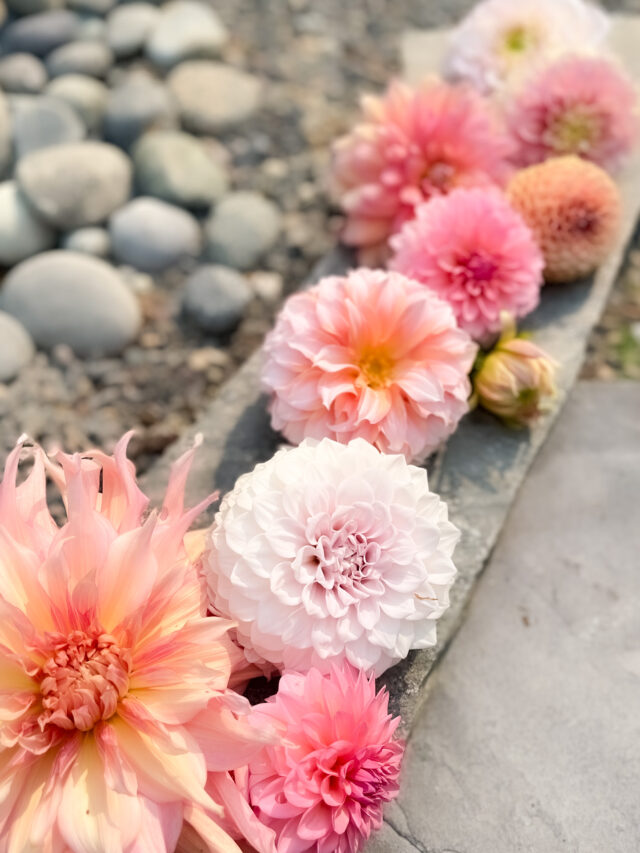

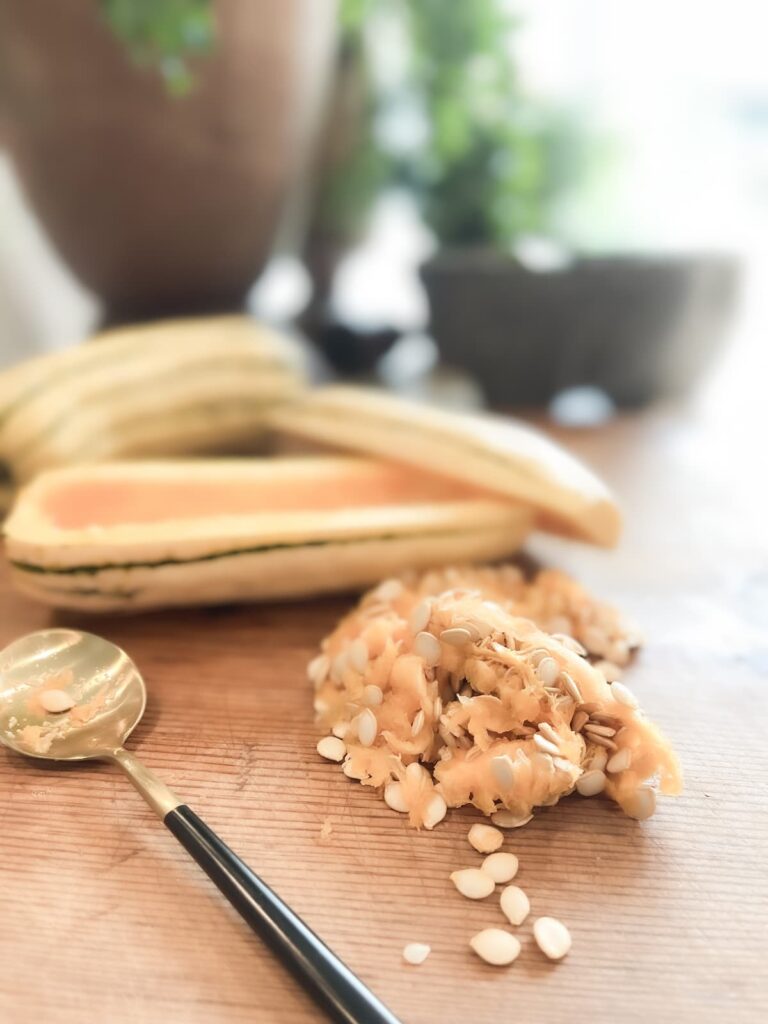
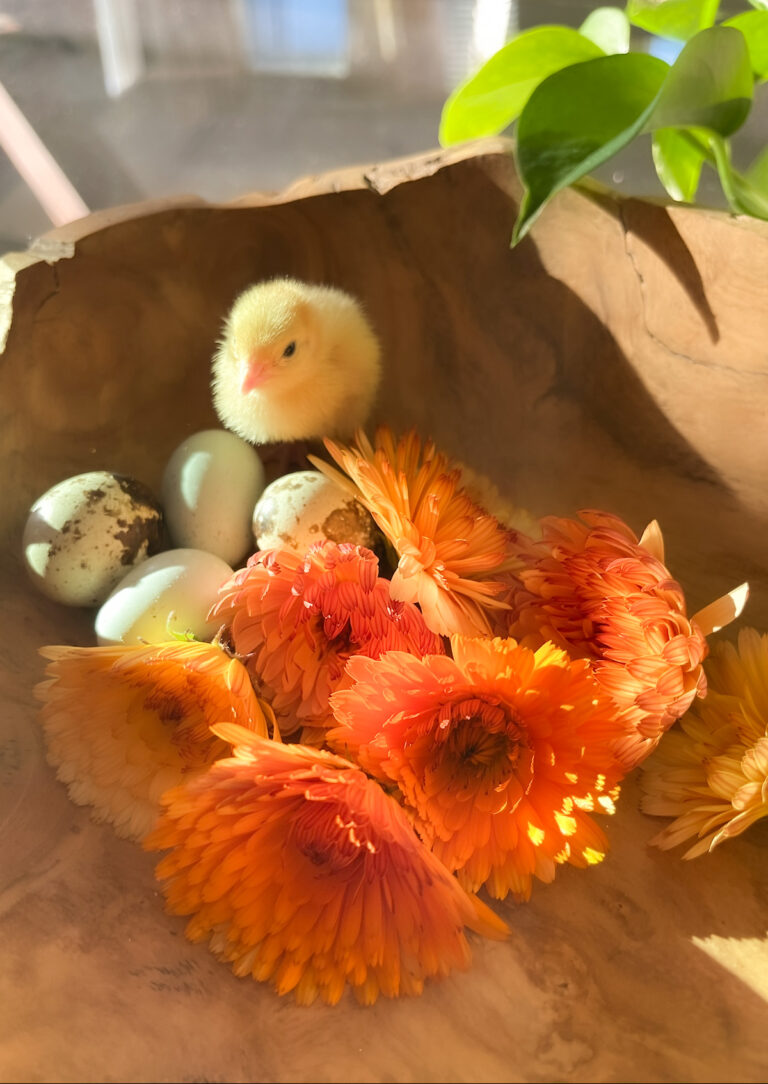
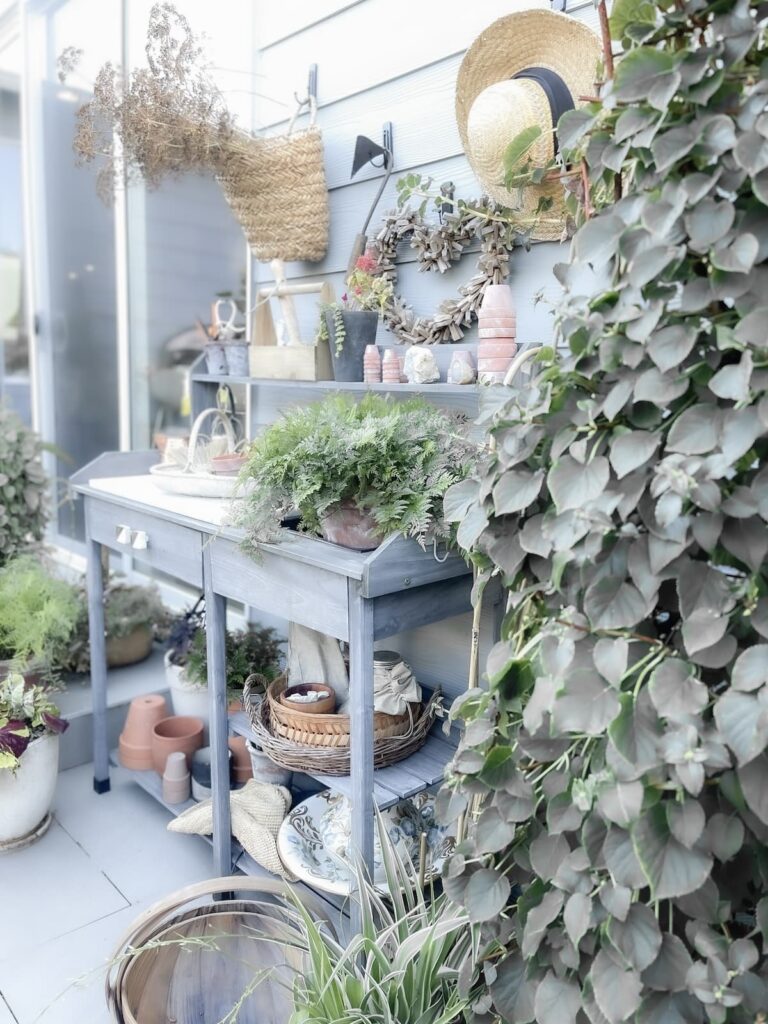
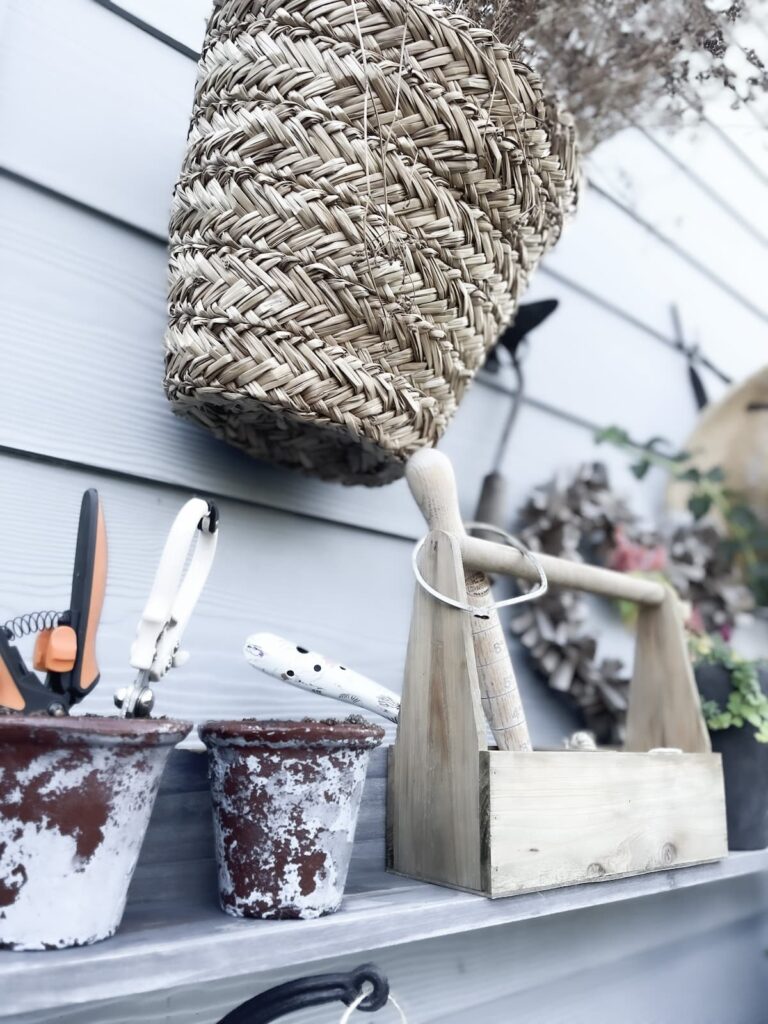

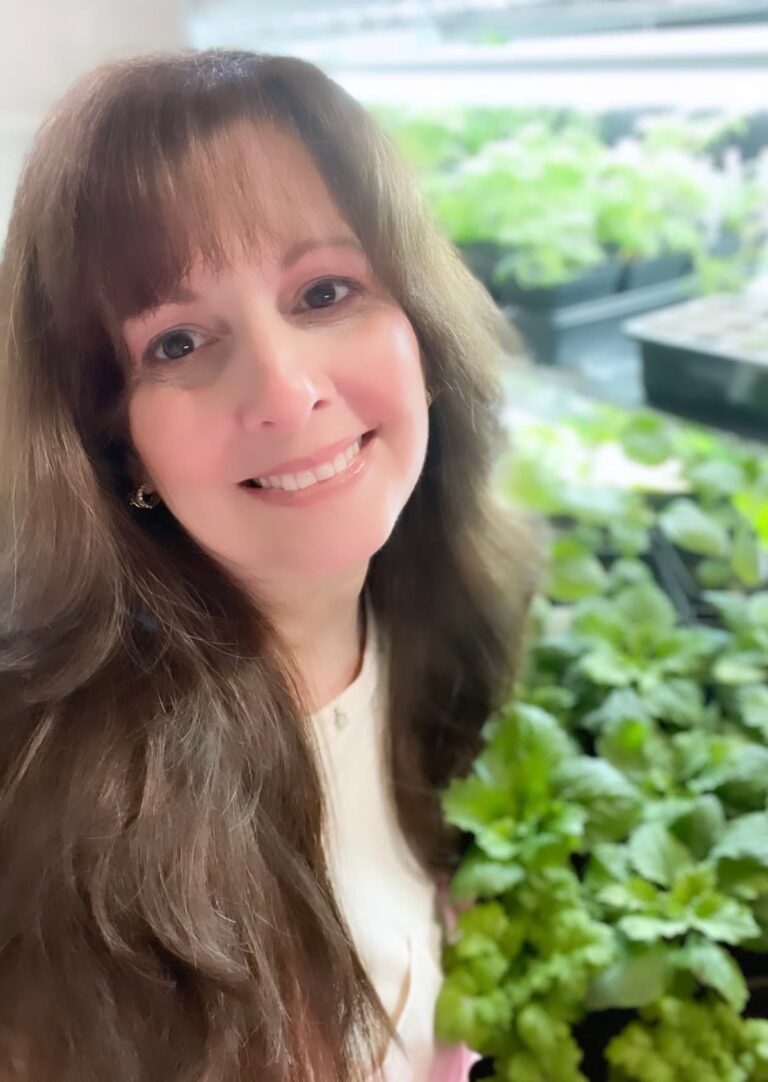
I love this post, Melba! I definitely agree that when you garden in the Pacific Northwest, it’s a different kind of experience. I would love to share this on my Saltwater Sounds post tomorrow so others can see it.
Thank you so much Kim, I would love you to share it. The PNW is heaven for gardeners, so beautiful and unique. The short season is all we need with the wonderful weather during summer.
Hi Melba – Just wanted to stop by and let you know I enjoy your blog. I live in upstate NY in Zone 5B – so our winters are pretty brutal. Like you I love to garden and I love growing dahlias. Wishing you a very Happy Thanksgiving. Thanks for all the gardening tips and advice .
Hello Anna! So kind of you to say, it means so much to read your kind words. Dahlias are so special, you get so many different ones that it makes for the best discoveries when they bloom. Wishing you a beautiful Thanksgiving also with family and friends. You are so very welcome, I am thankful for hearing from you.